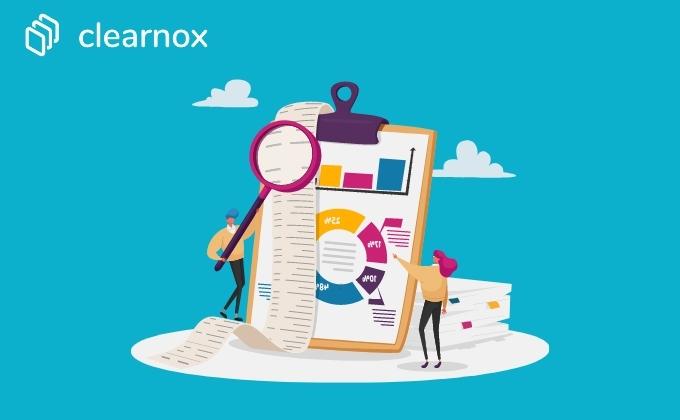At first glance, working capital requirement (WCR) seems like a rather abstract concept. But it’s easy to understand: to run your business on a daily basis, you need money. You need to pay your energy bills, place new orders with your suppliers, pay your employees and meet your tax obligations. And, as you can imagine, money has to come in too. The longer it takes your own customers to pay their bills, the fewer resources you have to fund your day-to-day operations or invest in growing your business.
Why is working capital requirement (WCR) important?
WCR is the amount of money your business needs to finance in order to pay costs while you wait for all of your customers’ receivables to be paid:
- When you buy inventory, your suppliers ask to be paid within a certain time frame. In many cases, the payment term given to suppliers is shorter than the payment term you give to your own customers.
- When you invoice customers, your invoice indicates a payment term of 7, 30, 60 days… In practice, however, it turns out that one out of three customers exceeds the payment period, and one out of ten customers even pays 90 days late.
Your WCR is therefore the result of the time difference between incoming and outgoing payments. If, at any point, your working capital is insufficient to pay salaries, raw materials or social security, it triggers a vicious cycle from which your company will have difficulty breaking.
Do you know your own WCR?
Working capital (WC) is the money you need to keep your business running while your customers pay their bills. The formula for calculating WCR is as follows:
WCR = inventory + accounts receivables – accounts payables
If your WCR is negative, you have good control over your accounts receivable. Sales invoices are collected before suppliers are paid, and your business activity is a source of cash that you can invest.
Is your WCR positive? Pay attention!
If your company pays suppliers at 30 days, while customers pay at 60 days, you have a positive WCR. Your company needs to finance the gap between cash receipts and payments. A positive WCR means that you need to (temporarily) finance your operating cycle.
This need not be a problem if you have sufficient working capital. So it is possible to increase your working capital and thus improve your cash position. There are several ways to do this:
- Use retained earnings from the past;
- Capital injection;
- Long-term borrowing;
- Selling assets;
- …
The importance of cash flow
Cash flow refers to the company’s own resources. These resources constitute a precious financial tool. Indeed, cash flow allows to pay expenses, but also to invest in new projects with growth potential.
In addition to this very concrete financial aspect, cash flow has a psychological impact on the manager – and his teams. A low cash flow creates stress and uncertainty…
What are the levers to reduce working capital requirements?
Optimize customer receivables
Shorter payment terms, requesting advance payments, systematic reminders in case of late payment, etc. are all actions that can reduce working capital with little effort.
Negotiate longer payment terms with suppliers
If you can collect customer invoices before debts to suppliers need to be paid, you reduce WCR. You can also take a closer look at your obligations to the authorities: for tax and social security debts, you can opt for quarterly rather than monthly payment.
Decrease inventory
Dormant stocks increase the need for working capital. Optimizing inventory levels has a positive effect on your working capital requirements.
Optimizing your receivables management: the most effective lever
Reviewing the management of your outstanding receivables is the most effective way to reduce your working capital requirements. A powerful debt collection solution can quickly increase your cash flow by 30%. Automatic dunning scenarios, taking into account the customer’s profile, allow you to collect in a user-friendly way without having to deploy additional resources.
Want to know more ?
Request a free demo of Clearnox
Download the whitepaper (French language) ‘Facturer c’est bien, encaisser c’est mieux’


